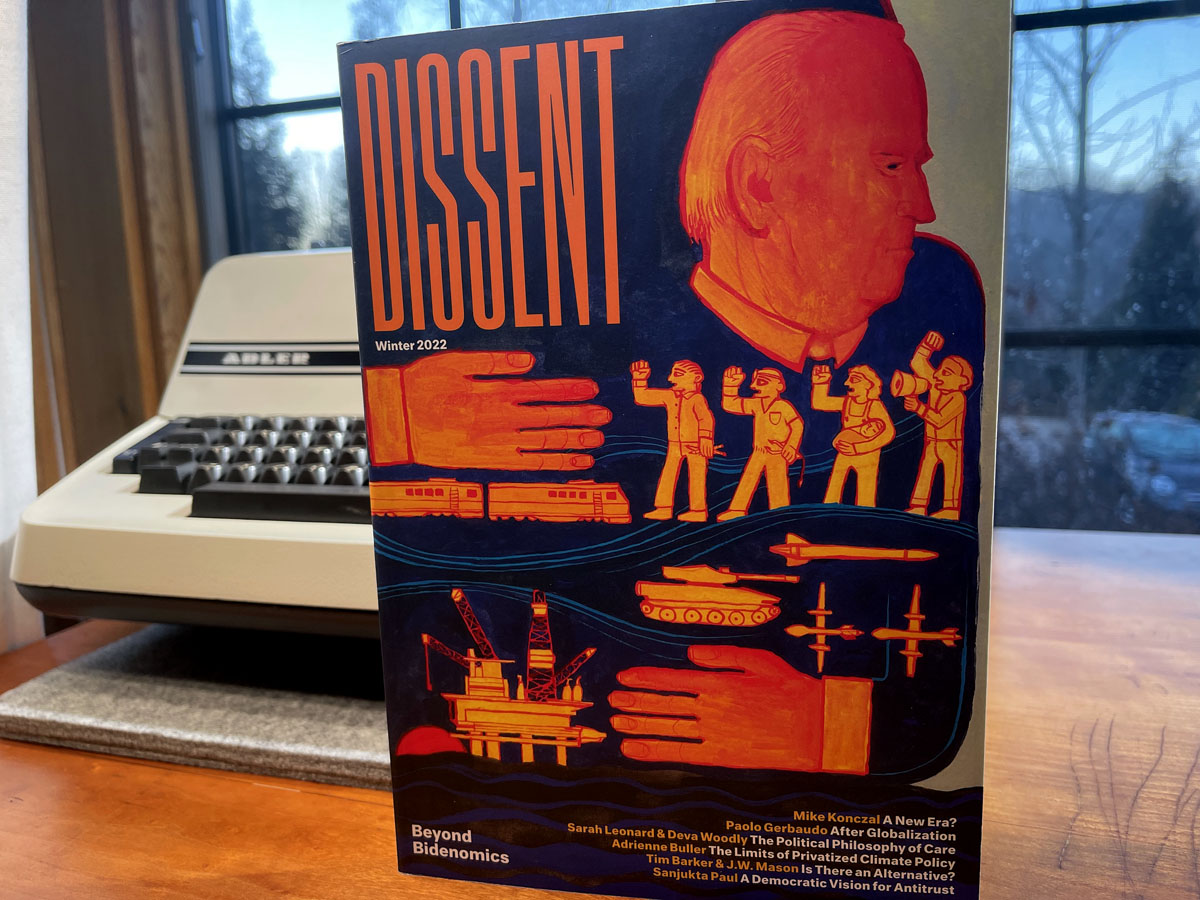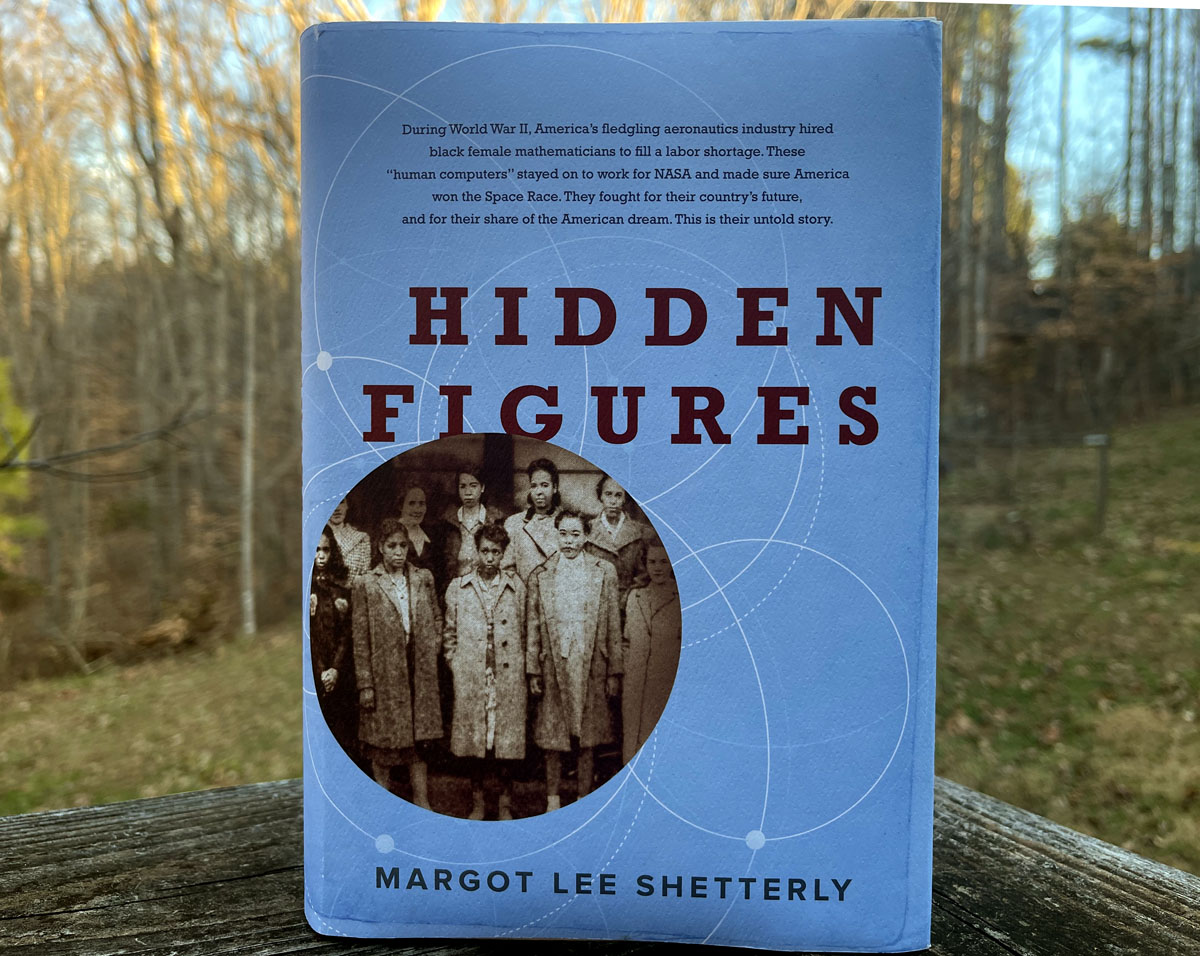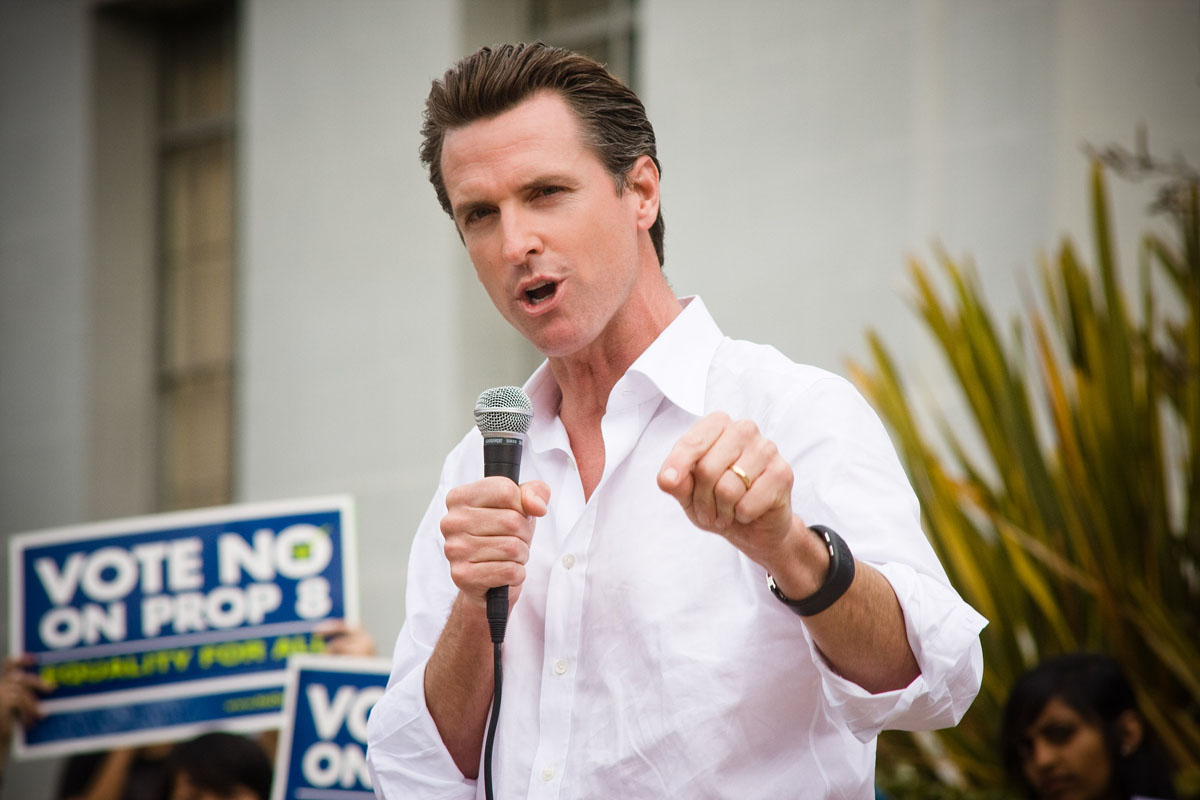
Source: Wikimedia Commons
I have never bought into the belief that Trump always skates, no matter what the crime. Yes, for many years in his New York City days he was able to stay a step ahead of the law (and his creditors). And yes, once he was installed in the White House with a corrupted Justice Department, and with Republicans in Congress either in league with him or terrorized by him, he was temporarily untouchable. One of the reasons why authoritarian strongmen are desperate to stay in power is that, once they are forced out of office, they are quite likely to be rung up for their crimes.1 If Trump had remained in New York as just another con man, he probably would have kept on skating. That is now impossible. Though Republicans have paralyzed America’s political system where they were unable to corrupt it, America’s court system is still functioning, having survived Republicans’ desperate attempts to Russianize it. Judges that Trump appointed have consistently ruled against him, and only one member of the Supreme Court, the odious Clarence Thomas, is willing to pervert the law and the facts to protect Trump. (Thomas’s wife supported the Jan. 6 rally, though I’ve not heard of any evidence that she did anything illegal.) Republican judges can get away with cheating only when things are close or contestable. Trump’s crimes are blatant and are being thoroughly exposed.
I have been saying for a long time that Trump is going to prison. I’ve been accused of being wrong. But I should have said that there was never any chance of Trump being brought to justice while he still had the powers of the presidency. The process of bringing Trump to justice is agonizingly slow, but in the last year much progress has been made, despite the efforts of Trump and Republicans to stand in the way of the law.
Dahlia Lithwick, at Slate, has a pretty good article listing Trump’s most recent failures to evade the law. The piece is Donald Trump Had a Truly Terrible Week. She writes, “Donald Trump has kept the walls at bay, long before he ran for office, by undermining, buying off, out-waiting, and intimidating the justice system. Once he took office, he made the best efforts of any president to buy and sell judges and justices, to bully his attorneys general, and to bluster his way to a lifetime of legal immunity. When you no longer have any authority over the judges, and the prosecutors, and the law enforcement officers, it’s at least no longer possible to simply make the walls just go away.”
The mainstream media can’t just say that Trump is going to prison. They have to hedge, as Lithwick does, by saying that “the walls are closing in,” or that the Trumps face “substantial legal jeopardy.” The mainstream media can rarely print everything they know. And, unfortunately, keeping liberals terrified that Trump will get away with it all, and that he wants back into the White House, is good for ratings.
Those who fear that Trump always skates have many worries. For example, what if Republicans take the House in the midterm elections and shut down the Jan. 6 committee? That wouldn’t matter, because the Jan. 6 committee will have finished its work by then. At that point, the Justice Department will take over investigating and prosecuting Trump’s crimes. Republicans have no chance of interfering with the Justice Department again until January 2025. New York will put Trump and his brats in prison no matter what happens in Georgia, or at the federal level. Trump is doomed. Some of his assets in New York will be seized. We will find out who the Trumps’ creditors are. The truth about Trump taxes will come out in court. There is not the slightest chance that Trump (or Don Jr. or Ivanka) will ever get inside the White House again.
So what will the Trumps do? Much has been written about whether they will flee the country and where they might go. It wouldn’t be easy being fugitives from U.S. justice. They would not be able to travel to any country where they’d be arrested and extradited back to the United States. It would cramp their jet-set lifestyle severely, but there certainly are countries that would take them in — Russia, for example, or Saudi Arabia. They’re no longer welcome in Europe anyway. Europe hates the Trumps as much as do those Americans (a slim majority) who haven’t drunk the Kool-Aid. Kushner, we know, is trying to get a piece of the at least $500 billion in the Saudi sovereign wealth fund.
In any case, it seems obvious to me that the Trumps are going to prison — unless they leave the country. Whether they’re going to prison is no longer even an interesting question, as I see it. The interesting question now is: What will they do to try to stay out of prison? After all, they already have tried to overthrow the U.S. government to try to stay out of prison. They have the means of fleeing the country, certainly. The Trumps’ Boeing 757 is reported to be in Louisiana right now, having its engines repaired and getting a new paint job. Trump has said he wants to fly it to rallies, painted to look like Air Force 1. My guess, though, is that he’s more likely to sell the jet because he needs the money. It would be much smarter to sneak out of the country in the dead of night on board the plane of one of the Trumps’ billionaire oligarch friends from Russia or the oil countries. Can you imagine Ivanka Trump or Jared Kushner allowing themselves to be handcuffed and taken to jail, where the toilets are not gold? I can’t. They’ll go somewhere posh in the oligarch world where they can continue to live it up, live out their prince and princess fantasies, and run their grifting operations. This gauche palace on the Black Sea sounds just right for Jared and Ivanka. I can easily imagine the Trumps tricking their Secret Service security and running off to an airport. But that would be much easier (and cheaper) to pull off if they do it before they are indicted and a court sets bail. Another smart and Trumpish plan, since there is nothing to stop them from traveling outside the country at present, would be to go somewhere claiming to be on vacation, and then refuse to return to the U.S., claiming that they require asylum because they are victims of a partisan witch-hunt out to get them in the U.S. My guess is that Fox News would be happy to go along with that.
In any case, we liberals need to stop worrying that the Trumps are going to get away with everything. That’s not going to happen. Their crimes are too extreme and too well documented. The Trumps may beat some of the charges, but they can’t beat them all. It has been obvious to reasonable people, for a long time, what the Trumps’ crimes are, and as the investigations of those crimes continue, those crimes are much uglier than we suspected even a year ago. They left a clear trail of evidence. The coup attempt, it seems, was a Hail Mary move, their only hope. Professional propagandists such as Sean Hannity understood that Trump was cutting his own throat, as was revealed by Hannity’s texts to the White House, “No more stolen election talk.” Hannity is smart. The Trumps are dumb as rocks. We have consistently underestimated, not overestimated, the Trumps’ criminality. At this stage, we’re waiting for investigators and prosecutors to build the airtight cases that will be needed to assure convictions when the cases go to court. The Trumps will use their usual tactics to try to pervert justice and declare themselves vindicated.
We’re not quite at the popcorn stage — perp walks, courtroom drama, or waking up some morning to the news that the Trumps have surfaced in some gaudy palace on the Black Sea. But we’re getting there. We might want to stock up on Orville Redenbacher’s best before the shelves are empty at the grocery store.
One huge challenge lies ahead, even after the Trumps are convicted. That is explaining to the American people the extent of the Trumps’ decades of crime and the sheer evil of the conspiracy to steal the 2020 election with a coup, accusing Democrats, as always, of what they themselves are doing. Historians will have the full story. But if the average American hears the full story, some help from Hollywood is going to be needed. One of the most fascinating popcorn events yet to come will be watching how Fox News will create an alternate reality around the fall of the House of Trump, with years of Fox’s lies exposed. When will Republicans cut and run? What new lies will they invent, and who will fall for them next time? That’s the catch, I’m afraid. At least 35 percent of the American population will continue to be idiots begging to be deceived. It’s entertaining to imagine Russia taking in about 35 million “patriot” Americans and giving them nice rural homes in Siberia where they can continue to serve Putin. But the reality is that, after the Trumps are gone, new con men will move in with fresh ways of bamboozling, bilking, and enraging the Fox-watching patriot hordes. I have little hope that the Republican Party actually will reform itself, though Republicans such as Liz Cheney will try.
Notes:
1. Authoritarianism: What Everyone Needs to Know. Erica Frantz, Oxford University Press, 2018.










